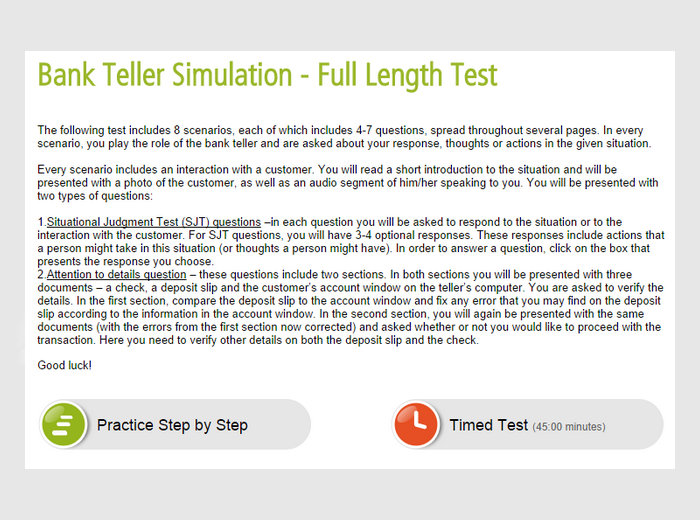Basic Number Screening Test Manuals

Mar 30, 2017. Basic Number Screening Test Manual [Bill Gillham, Ken Hesse, Colin McCarty] Rahva Raamatust. Shipping from 24h. This title is a manual for tests w. Welcome to the TM 9 Technical Manuals Section List of known TM's. We cover the following topics army manuals survival books, military books, Special Forces, ebooks.
Adobe Flash Player is required to view this feature. If you are using an operating system that does not support Flash, we are working to bring you alternative formats. Original Article HPV Screening for Cervical Cancer in Rural India Rengaswamy Sankaranarayanan, M.D., Bhagwan M. Nene, M.D., F.R.C.P., Surendra S.
Shastri, M.D., Kasturi Jayant, M.Sc., Richard Muwonge, Ph.D., Atul M. Budukh, Ph.D., Sanjay Hingmire, B.Sc., Sylla G. Malvi, M.Sc., Ph.D., Ranjit Thorat, B.Sc., Ashok Kothari, M.D., Roshan Chinoy, M.D., Rohini Kelkar, M.D., Shubhada Kane, M.D., Sangeetha Desai, M.D., Vijay R. Keskar, M.S., Raghevendra Rajeshwarkar, M.D., Nandkumar Panse, B.Com., and Ketayun A. Dinshaw, M.D., F.R.C.R.
N Engl J Med 2009; 360:1385-1394 DOI: 10.1056/NEJMoa0808516. Pokemon Crystal Strategy Guide Pdf Download. Methods In this cluster-randomized trial, 52 clusters of villages, with a total of 131,746 healthy women between the ages of 30 and 59 years, were randomly assigned to four groups of 13 clusters each.
The groups were randomly assigned to undergo screening by HPV testing (34,126 women), cytologic testing (32,058), or VIA (34,074) or to receive standard care (31,488, control group). Women who had positive results on screening underwent colposcopy and directed biopsies, and those with cervical precancerous lesions or cancer received appropriate treatment.
Results In the HPV-testing group, cervical cancer was diagnosed in 127 subjects (of whom 39 had stage II or higher), as compared with 118 subjects (of whom 82 had advanced disease) in the control group (hazard ratio for the detection of advanced cancer in the HPV-testing group, 0.47; 95% confidence interval [CI], 0. Topio Stin Omichli Rapidshare Search. 32 to 0.69). There were 34 deaths from cancer in the HPV-testing group, as compared with 64 in the control group (hazard ratio, 0.52; 95% CI, 0. Play Store App Free Download For Samsung Wave 525. 33 to 0.83). No significant reductions in the numbers of advanced cancers or deaths were observed in the cytologic-testing group or in the VIA group, as compared with the control group.
Mild adverse events were reported in 0.1% of screened women. In developing countries, there is a lack of effective screening programs for cervical cancer. In these countries, no clinically significant reduction in the incidence of cervical cancer has occurred during the past three decades. In developed countries, by contrast, there has been a major decline in cervical-cancer mortality after the introduction of large-scale cytologic testing. The limited success of such screening in developing countries has stimulated evaluation of testing for human papillomavirus (HPV) and visual inspection of the cervix with acetic acid (VIA).
In October 1999, we initiated a cluster-randomized, controlled trial to evaluate the effectiveness of a single round of HPV testing, cytologic testing, or VIA in reducing the incidence of cervical cancer, as compared with a control group that received usual care in a previously unscreened, high-risk population in the Osmanabad district in the state of Maharashtra, India. We report the cervical-cancer incidence and mortality in the four groups after 8 years of follow-up. Study Design The study design and methods have been described in detail previously.
The scientific and ethical review committees of the International Agency for Research on Cancer (IARC) and the Tata Memorial Centre (TMC) and the Nargis Dutt Memorial Cancer Hospital (NDMCH) reviewed and approved the protocol. Clusters of villages consisting of a total of 497 villages in the Osmanabad district that had a primary health care center constituted the randomization unit. A statistician at the IARC who was not involved in the project randomly assigned 52 such clusters to four groups consisting of 13 clusters each.